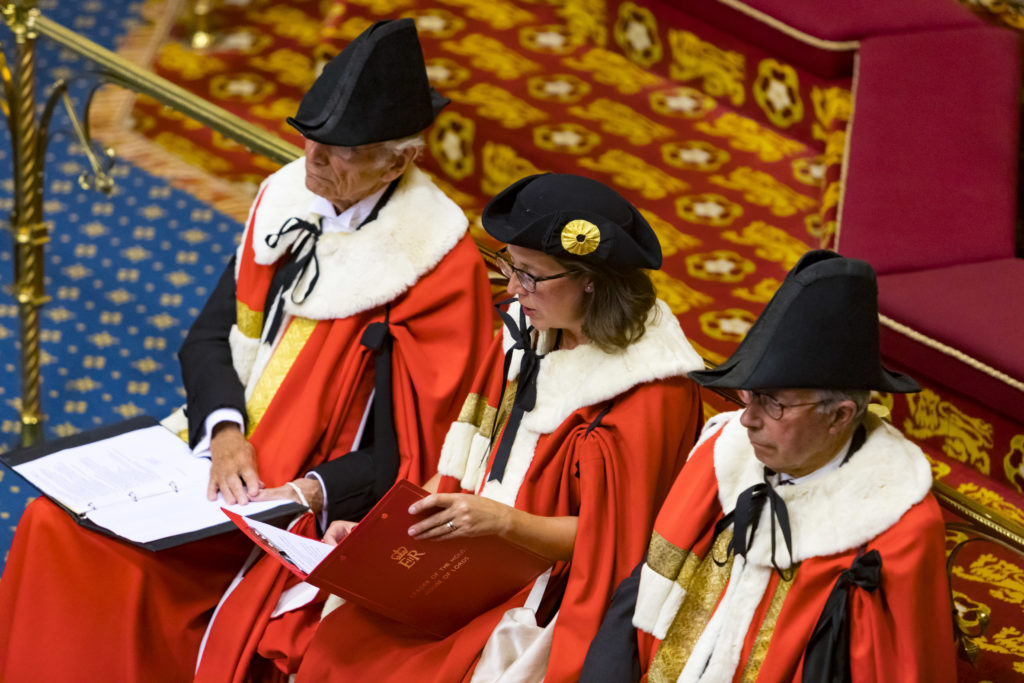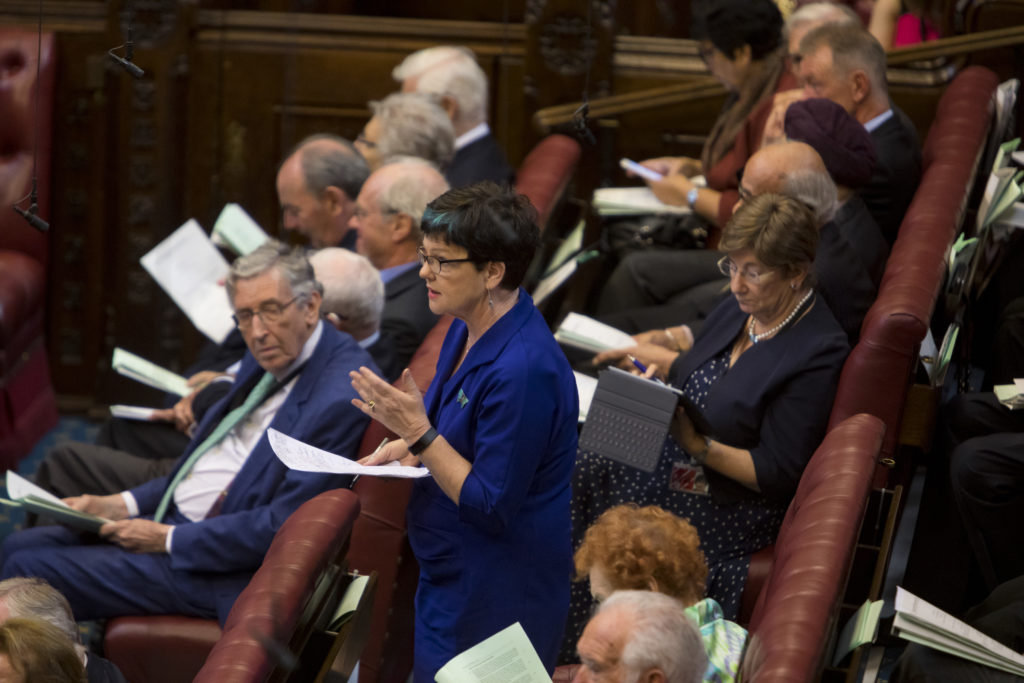For centuries, hereditary titles were dispensed to close allies of the Sovereign as a mark of the Monarch’s patronage, nowadays hereditary titles are no longer dispensed and having an existing hereditary title no longer permits one to sit in the House of Lords. Instead what are known as ‘life peerages’ are awarded which permit the holder to bear a title and sit in the House of Lords.
On Tuesday, it was confirmed that Theresa May had appointed a number of new Peers to sit in the House of Lords as part of her Resignation Honours list. Among those being elevated to the Lords include former US Ambassador Sir Kim Darroch, former No.10 Chief of Staff Gavin Barwell, and Labour MP John Mann.
But just what can they expect as a peer in the most recognisable appointed political house in the world? Is the life of any peer any different to their life before that? We take a look at the circumstances of Britain’s appointed lawmakers.

Copyright House of Lords 2019 / Photography by Roger Harris
To start with, Lords and Ladies of Parliament are no longer chosen by the Monarch, though the Monarch’s consent much be sought as the font of all honours in the UK as the peerage will be issued by letters patent in the name of Her Majesty, but are chosen by a special committee who find the very best people to sit in the House of Lords and play a part in governing the UK.
In Britain, Life Peers are now only created at the rank of Baron or Baroness, which is the lowest rank in the British Peerage and titles of Viscount, Earl, Marquess and Duke are now obsolete and pertain solely to the Hereditary Peerage.
Male peers are styled as ‘The Right Honourable Baron X of Y’ and peeresses are styled as ‘The Right Honourable Baroness X of Y’, where X represents their surname and Y represents the place name to which their title is attached, e.g. Alan Sugar, since 2009 has held the title of ‘The Rt Hon. Baron Sugar of Clapton’. Male peers are usually referred to as just ‘Lord X’ , which is a correct shortening of their title. Female peeresses are styled as ‘Baroness X’ in short form so as to distinguish between the wives of peers, who are styled as ‘Lady X’.
Children of peers and peeresses hold the title of ‘The Honourable’, which replaces Mr, Mrs, Ms or Miss in their names.

Copyright House of Lords 2019 / Photography by Roger Harris
Peers and Peeresses have the right to a few ancient and some modern privileges and customs, as befits lords and ladies of the UK. For example, their expenses to do with their role as peers and peeresses are met by the House however they are not paid a fixed salary. They have access to the House of Lords bar as well as the right to bear their respective title and the right to petition for a coat of arms.
Peers may not sit in the House of Lords until their Letters Patent have been created (which gives them their title) and writ of summons are produced (calling them to the House of Lords). Peers are introduced to the House of Lords in a ceremony of about 5 minutes where the writ of summons is read out and the new member may then sit in the House and enjoy all of its privileges.
Peers and Peeresses also enjoy being right at the heart of the State Opening of Parliament where Her Majesty The Queen officially opens Parliament and reads the speech from the throne in the House of Lords where Her Majesty explains what her Government’s plan is for the next year. Full regalia is usually worn by members of the Lords.
At the event of a Coronation, peers and peeresses also get a seat in the Abbey for the ceremony and dress in full regalia including coronets (which are like crowns) and full ermine-trimmed robes.

